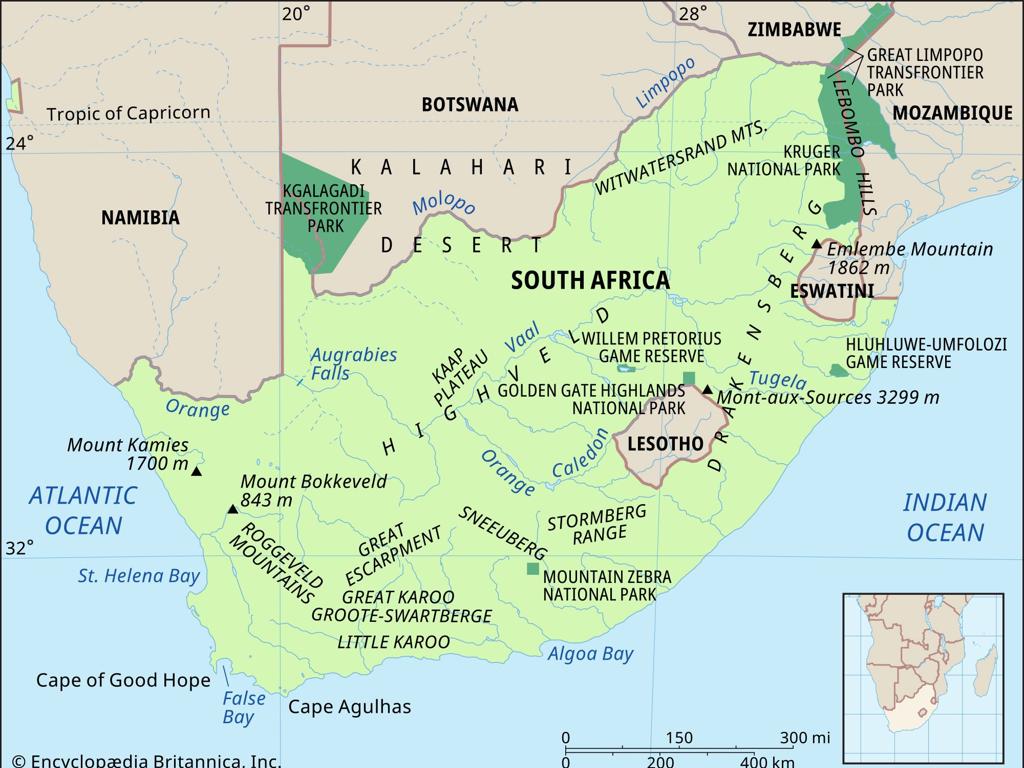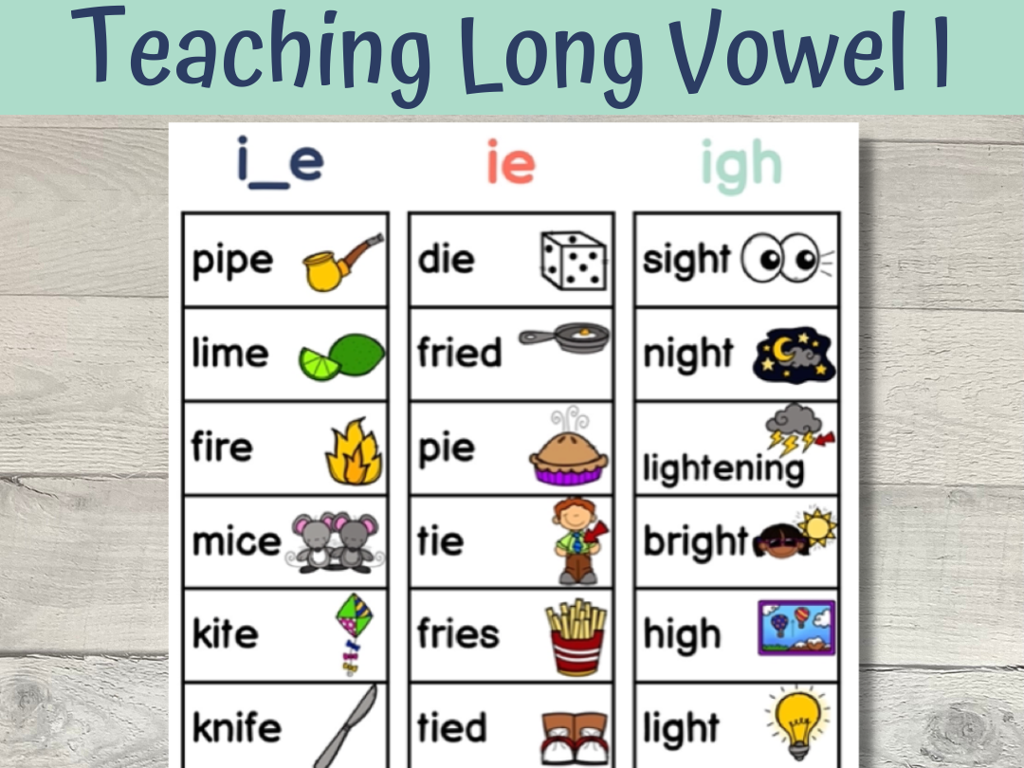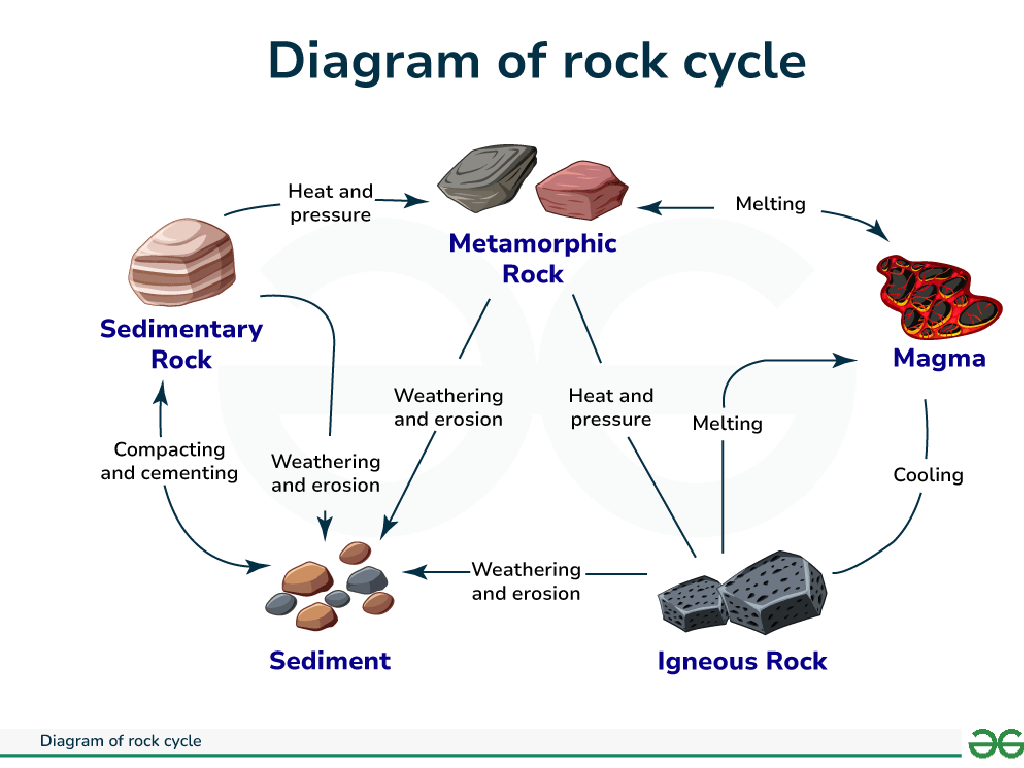Identify Earth'S Land Features Using Satellite Images
Subject: Science
Grade: Sixth grade
Topic: Earth'S Features
Please LOG IN to download the presentation. Access is available to registered users only.
View More Content
Exploring Earth’s Land Features
– Earth’s diverse land features
– Mountains, valleys, plains, and deserts
– Satellite images and their value
– Satellites provide a bird’s-eye view of our planet
– Objectives of today’s lesson
– Learn to identify key landforms
– Engaging with satellite imagery
– Analyze real satellite photos in class
|
This slide introduces students to the variety of land features found on Earth, such as mountains, valleys, plains, and deserts. Emphasize the importance of satellite images in studying these features by providing a unique perspective that is not possible from the ground. Outline the objectives for the lesson, which include recognizing and naming different land features from satellite images. Engage students by letting them know they will have the opportunity to look at real satellite photos and identify features themselves. This interactive approach will help solidify their understanding of Earth’s topography and the usefulness of satellite imagery in Earth sciences.
Exploring Earth with Satellite Images
– What is a satellite image?
– A picture of Earth’s surface taken from space
– How satellites capture Earth’s images
– Satellites use cameras & sensors to take pictures from orbit
– Satellites’ role in Earth study
– They help monitor weather, map terrains, and track changes over time
– Benefits of satellite imagery
– Enables detailed study of remote areas and global environmental changes
|
This slide introduces students to the concept of satellite images and their importance in studying Earth’s features. Begin with a definition of satellite images, emphasizing that they are pictures taken from space that show what the Earth’s surface looks like from above. Explain how satellites equipped with specialized cameras and sensors orbit Earth to capture these images. Discuss the critical role satellites play in monitoring weather patterns, mapping different terrains, and tracking changes in the environment over time. Highlight the benefits of satellite imagery, such as the ability to study remote or inaccessible areas and observe large-scale environmental changes. Encourage students to think about how satellite images might be used in various scientific and practical applications.
Exploring Earth’s Land Features
– Mountains, valleys, plains, plateaus
– Elevated areas with peaks, low areas between hills, flat expanses, raised flat areas
– Deserts, islands, peninsulas
– Dry sandy areas, land surrounded by water, land extending into water
– Formation of land features
– Natural processes like erosion, volcanic activity, and tectonic movements
|
This slide introduces students to various land features visible on Earth’s surface, which can be identified using satellite images. Mountains are high, elevated areas, while valleys are the lower areas found between mountains or hills. Plains are vast stretches of flat land, and plateaus are flat, elevated landforms. Deserts are characterized by their dry, sandy landscapes, islands are landforms surrounded by water, and peninsulas are areas of land projecting into bodies of water. Understanding how these features are formed through natural processes such as erosion, volcanic activity, and the movement of tectonic plates is crucial. Encourage students to observe these features in satellite images and discuss the forces that might have shaped them. This will help them appreciate the dynamic nature of Earth’s surface.
Reading Satellite Images
– Identify land features
– Use satellite images to spot mountains, rivers, forests, and deserts.
– Learn symbols and colors
– Symbols and colors represent different landforms and vegetation.
– View example images
– Analyze images with mountains, rivers, etc., highlighted for clarity.
– Recognize key features
– Practice pinpointing features like valleys, peninsulas, and plateaus.
|
This slide aims to teach students how to read and interpret satellite images to identify various Earth’s land features. Students should learn the significance of different symbols and color codes commonly used in satellite imagery. By examining example images with key features highlighted, students can practice recognizing and naming these features. Encourage students to discuss how these images can be used in real-world applications, such as navigation and environmental monitoring. Provide additional resources or activities where students can engage with satellite images to solidify their understanding.
Activity: Identify the Features!
– Divide into small groups
– Each group gets a satellite image
– Identify and label land features
– Look for mountains, rivers, valleys, etc.
– Discuss findings with the class
– Share what features you found and where
|
This class activity is designed to engage students with practical application of their knowledge on Earth’s land features. By working in small groups, students will collaborate to analyze satellite images and use their observational skills to identify and label various land features such as mountains, rivers, valleys, and plains. Provide a diverse set of images to ensure a wide range of features can be identified. After the activity, each group will present their findings, fostering a discussion that will reinforce their learning and understanding of the topic. Make sure to circulate and assist groups as needed, encouraging them to consider both large-scale features like mountain ranges and smaller ones like individual hills or valleys.
Review: Earth’s Land Features via Satellite Images
– Groups present their findings
– Discuss image interpretation challenges
– Issues like cloud cover, image resolution, and perspective can complicate interpretation
– Review satellite image significance
– Satellite images provide critical data for mapping and environmental monitoring
– Reflect on geography and science integration
– Understanding Earth’s geography enhances our scientific knowledge
|
This slide aims to consolidate the learning experience by having groups share their findings on Earth’s land features identified from satellite images. Encourage an open discussion about the difficulties they encountered, such as interpreting images with obstructions or low resolution. Highlight the vital role satellite imagery plays in modern geography and science, from tracking climate change to urban planning. Emphasize how integrating geography with science education helps students appreciate the practical applications of satellite technology in understanding our planet.
Class Activity: Create Your Own Land Feature Map!
– Craft a 3D map using clay or playdough
– Include three different land features
– Features like mountains, valleys, or rivers
– Label each land feature clearly
– Present your map to the class
– Explain your map’s features to classmates
|
This hands-on activity is designed to reinforce the students’ understanding of Earth’s land features through a creative and engaging project. Provide students with clay or playdough and ask them to model at least three types of land features they’ve learned about, such as mountains, valleys, rivers, plateaus, etc. Ensure they label each feature to demonstrate their understanding. Once completed, each student will present their map to the class, describing the features they’ve included. This will help students to better visualize and remember the different types of landforms. For the teacher: prepare a list of possible land features, have extra materials on hand, and consider pairing students for collaborative learning.
Earth’s Land Features: Summary & Homework
– Recap of Earth’s land features
– Homework: Analyze a satellite image
– Find an online satellite image of any land feature
– Write a descriptive paragraph
– Describe the features, such as mountains, rivers, or forests
– Significance of satellite imagery
– Understand how satellites help us study Earth’s surface
|
As we conclude today’s lesson, remind students of the key points discussed about Earth’s various land features like mountains, valleys, plains, and rivers. For homework, students should find a satellite image online, which could be through resources like Google Earth, and write a paragraph describing the land features they observe. This exercise will help reinforce their understanding of the lesson and encourage them to apply their knowledge practically. Emphasize the importance of satellite images in studying and understanding the geography of our planet, as they provide a unique perspective that cannot be obtained from the ground level. This will also help them appreciate the technology and its applications in environmental science, geography, and other related fields.






